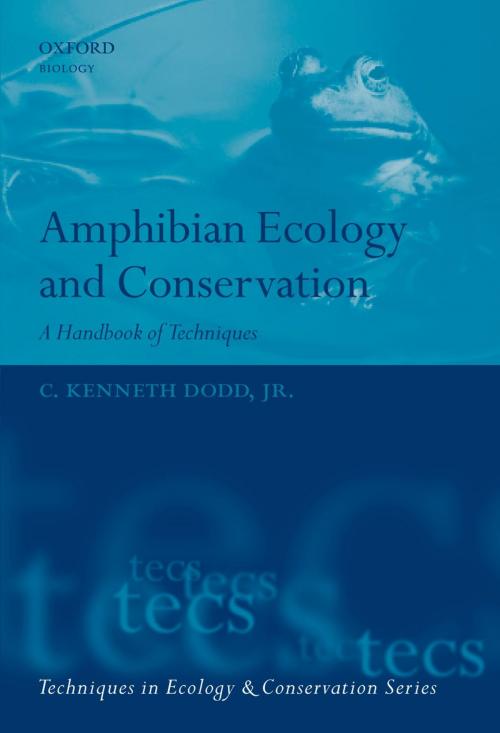Amphibian Ecology and Conservation
A Handbook of Techniques
Nonfiction, Science & Nature, Science, Biological Sciences, Zoology, Nature| Author: | ISBN: | 9780191037382 | |
| Publisher: | OUP Oxford | Publication: | September 17, 2009 |
| Imprint: | OUP Oxford | Language: | English |
| Author: | |
| ISBN: | 9780191037382 |
| Publisher: | OUP Oxford |
| Publication: | September 17, 2009 |
| Imprint: | OUP Oxford |
| Language: | English |
This practical manual of amphibian ecology and conservation brings together a distinguished, international group of amphibian researchers to provide a state-of-the-art review of the many new and exciting techniques used to study amphibians and to track their conservation status and population trends. The integration of ecology and conservation is a natural outcome of the types of questions posed by these disciplines: how amphibians can and should be sampled, marked, and followed through time; how abundance and population trends are measured; what are the robust statistical methods that can be used in ecology and conservation; what roles do amphibians play in community structure and function; how do animals function in their environment; and what affects the long-term persistence of species assemblages? Although emphasizing field ecology, sections on physiological ecology, genetics, landscape ecology, and disease analysis are also included. The book describes the latest statistical approaches in amphibian field ecology and conservation, as well as the use of models in interpreting field research. Much of this information is scattered in the scientific literature or not readily available, and the intention is to provide an affordable, comprehensive synthesis for use by graduate students, researchers, and practising conservationists worldwide.
This practical manual of amphibian ecology and conservation brings together a distinguished, international group of amphibian researchers to provide a state-of-the-art review of the many new and exciting techniques used to study amphibians and to track their conservation status and population trends. The integration of ecology and conservation is a natural outcome of the types of questions posed by these disciplines: how amphibians can and should be sampled, marked, and followed through time; how abundance and population trends are measured; what are the robust statistical methods that can be used in ecology and conservation; what roles do amphibians play in community structure and function; how do animals function in their environment; and what affects the long-term persistence of species assemblages? Although emphasizing field ecology, sections on physiological ecology, genetics, landscape ecology, and disease analysis are also included. The book describes the latest statistical approaches in amphibian field ecology and conservation, as well as the use of models in interpreting field research. Much of this information is scattered in the scientific literature or not readily available, and the intention is to provide an affordable, comprehensive synthesis for use by graduate students, researchers, and practising conservationists worldwide.















